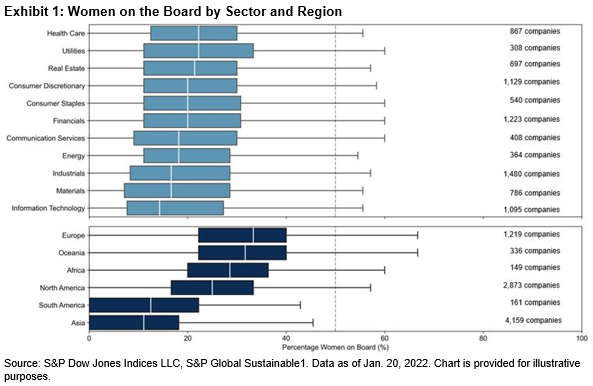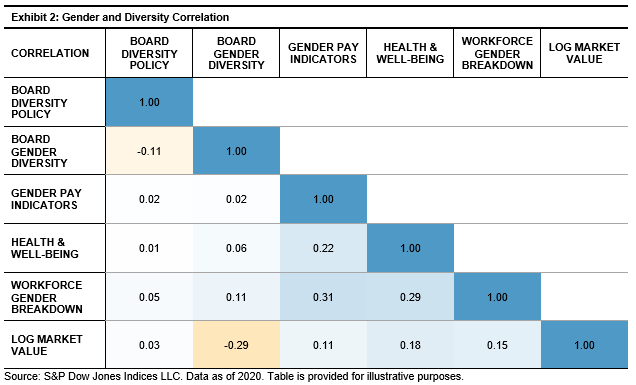U.S. equities have had a tough start to the year amid rising inflation concerns, anticipated rate hikes by the Federal Reserve, earnings misses from several mega-cap companies, and ongoing geopolitical tensions emanating from the Russia-Ukraine conflict. Exhibit 1 shows that the S&P 500®, S&P MidCap 400®, and S&P SmallCap 600® all declined in the first two months of 2022, as did the majority of their respective sector, style, and pure style indices. Energy was a notable outlier, boosted by surging commodity prices.

While recent news flow had a similar directional impact on U.S. equities, the magnitude of impacts varied across sector and style segments. For example, Exhibit 2 shows that a whopping 41% separated the best-performing S&P 500 sector (Energy, up 28%) and the worst-performing sector (Real Estate, down 13%) in the first two months of 2022, while the S&P 500 Value (-3%) beat the S&P 500 Growth (-12%) by 9%. Such differences suggest that sector and style perspectives could have been helpful to navigate the recent market environment; avoiding the worst-performing segments or identifying the outperformers could have offered sizeable performance improvement.

Comparing dispersion figures for S&P 500 stocks, sectors, and styles offers a more formal way to assess the potential opportunity for outperformance (or embarrassment) from picking S&P 500 segments. Exhibit 3 shows that, on average, annualized monthly stock level dispersion (24%) was typically higher than sector dispersion (11%), which in turn was greater than style dispersion (3%).
In other words, about half the potential value of stock picking came from picking sectors, with about 14% of the potential value of selecting stocks coming from style selection. This is unsurprising, given that the S&P 500 comprises 505 stocks and 11 GICS sectors, but only two styles. Notably, though, style and sector dispersion figures have been similar in the first two months of 2022, averaging 8% and 13%, respectively: the potential value of style insights was similar to sector insights in recent months.

The potential value of style perspectives is even more pronounced after adjusting for capacity, since both the potential opportunity for outperformance (measured by dispersion) and the potential size of active positions (measured by the average constituent size) are relevant when comparing the value of insights into different segments. This is especially the case given the proclivity for smaller market segments to exhibit higher dispersion.
Exhibit 4 shows the average capacity-adjusted dispersion figures for S&P 500 style and S&P 500 sectors relative to S&P 500 stocks. Over the entire period, driven by the relative size of their respective components, insights into style were eight times more valuable than those for stocks, with sector insights being six times more valuable than for stocks. More recently, elevated style dispersion at the start of 2022 meant style insights could have been more than twice as valuable as sector insights at the start of the year, and over 10 times as valuable as stock insights.
Hence, while it can sometimes be useful to do nothing, the recent divergence in style performance means some may find it useful to express views through a style perspective.





















































